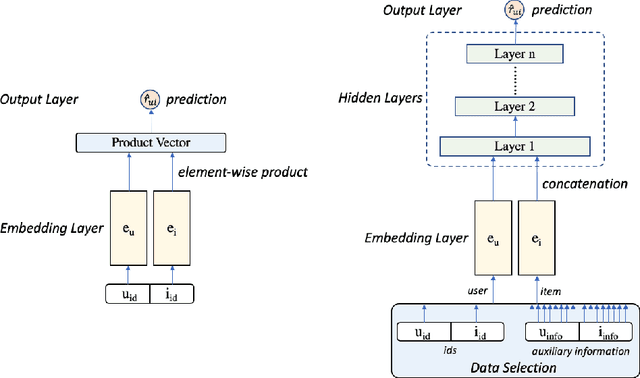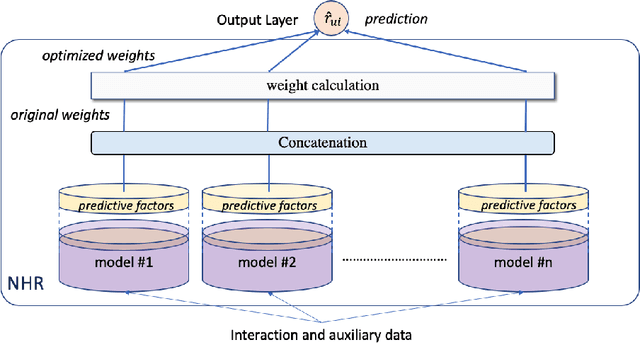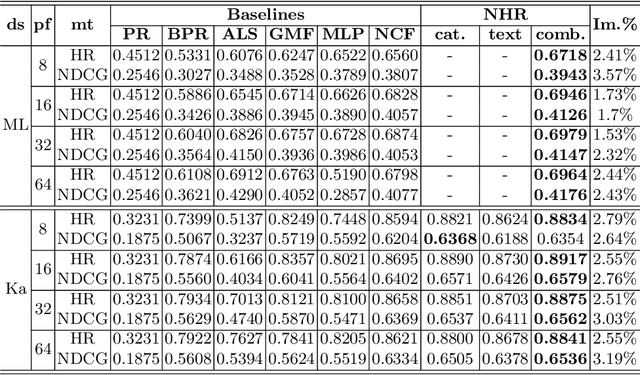Şule Gündüz Öğüdücü
Enhancing Cross-Market Recommendation System with Graph Isomorphism Networks: A Novel Approach to Personalized User Experience
Sep 12, 2024Abstract:In today's world of globalized commerce, cross-market recommendation systems (CMRs) are crucial for providing personalized user experiences across diverse market segments. However, traditional recommendation algorithms have difficulties dealing with market specificity and data sparsity, especially in new or emerging markets. In this paper, we propose the CrossGR model, which utilizes Graph Isomorphism Networks (GINs) to improve CMR systems. It outperforms existing benchmarks in NDCG@10 and HR@10 metrics, demonstrating its adaptability and accuracy in handling diverse market segments. The CrossGR model is adaptable and accurate, making it well-suited for handling the complexities of cross-market recommendation tasks. Its robustness is demonstrated by consistent performance across different evaluation timeframes, indicating its potential to cater to evolving market trends and user preferences. Our findings suggest that GINs represent a promising direction for CMRs, paving the way for more sophisticated, personalized, and context-aware recommendation systems in the dynamic landscape of global e-commerce.
Neural Hybrid Recommender: Recommendation needs collaboration
Sep 29, 2019


Abstract:In recent years, deep learning has gained an indisputable success in computer vision, speech recognition, and natural language processing. After its rising success on these challenging areas, it has been studied on recommender systems as well, but mostly to include content features into traditional methods. In this paper, we introduce a generalized neural network-based recommender framework that is easily extendable by additional networks. This framework named NHR, short for Neural Hybrid Recommender allows us to include more elaborate information from the same and different data sources. We have worked on item prediction problems, but the framework can be used for rating prediction problems as well with a single change on the loss function. To evaluate the effect of such a framework, we have tested our approach on benchmark and not yet experimented datasets. The results in these real-world datasets show the superior performance of our approach in comparison with the state-of-the-art methods.
 Add to Chrome
Add to Chrome Add to Firefox
Add to Firefox Add to Edge
Add to Edge